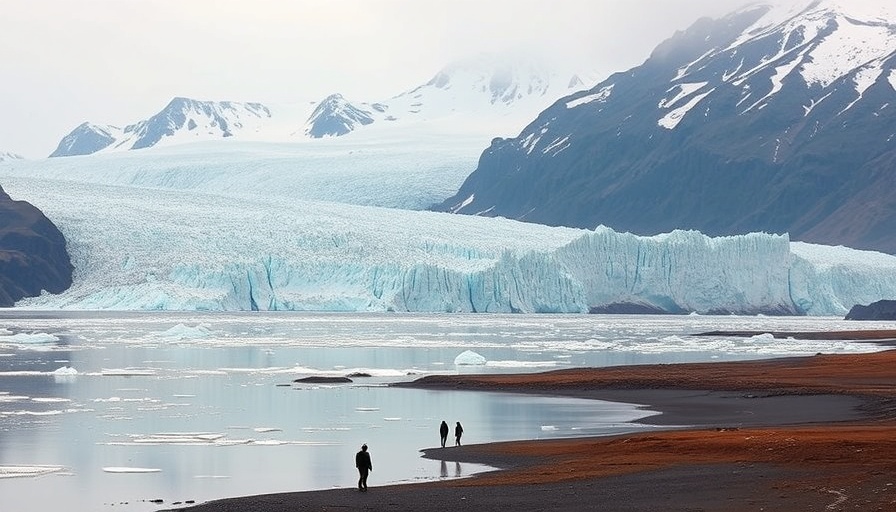
Understanding Asia's Ice Risks and Sea Level Rise
As the world commemorates the first-ever World Glacier Day on March 21, alarming statistics regarding glacier loss and rising sea levels take center stage. Asia, with many of its major cities sitting vulnerable along coastlines, must prioritize these issues. The report reveals that over 14 trillion tonnes of ice have melted in the last three decades, equating to over 50 million tonnes per hour, which raises the red flag for the region's water and environmental security.
The Urgent Call for Action Against Rising Sea Levels
Experts warn that rising sea levels could double from previous estimates if greenhouse gas emissions continue unchecked. Current predictions estimate a rise of one meter by 2070, with some studies suggesting even higher levels by the end of the century. This is particularly significant for Asia, where half of the population resides in low-lying coastal areas, and cities such as Bangkok, Jakarta, and Manila are particularly at risk of being submerged.
Why Asia Bears the Brunt of Climate Change
Despite Asia having contributed less to historical carbon emissions, it now generates approximately 50% of the world's greenhouse gases. As countries like Japan and South Korea ramp up their climate ambitions, the need for comprehensive local action becomes crucial. The decarbonization efforts driven by the region could set an example for the rest of the globe.
Potential Economic Impact on Trade and Power Production
The implications of losing coastal regions are dire not only for populations but also for trade and maintenance of global supply chains. Predictions indicate that up to 200 million people in Asia could be directly affected by coastal flooding, disrupting trade routes, food supply and energy production. The melting glaciers that feed the mighty rivers of Asia—like the Ganges and Indus—could lead to unprecedented impacts on water supply and agriculture, further exacerbating food security challenges.
Building Resilient Coastal Communities
The interconnectedness of our global systems means that climate change poses risks beyond immediate geographical borders. Asia's community leaders must embrace sustainable development goals (SDGs) by prioritizing infrastructure investments that cater to flood resilience. From green building techniques to renewable energy sources, the region has the opportunity to adapt to rising water levels while leading in sustainability practices.
Conserving Natural Resources for a Sustainable Future
As climate change remains a pressing threat, embracing sustainability initiatives becomes an urgent necessity. By transitioning to clean energy sources, promoting eco-friendly businesses, and emphasizing responsible consumption, communities can pave the way toward a greener future. Utilizing innovative solutions like solar power and water conservation techniques can help reduce our carbon footprint.
Join the Movement for Climate Action
Now is the time for individuals and organizations alike to promote awareness of climate action and environmental conservation. By engaging in fair trade practices, investing in renewable resources, and supporting eco-friendly products, we can collectively work toward a sustainable future. Effective action today can create ripples of positive change that transcends generations. Join the movement for a better tomorrow by adopting sustainable practices in your life.
As we grapple with the nuances of climate change, the urgency of facing rising sea levels and its impact on our communities cannot be overstated. Take action today and be a part of the sustainable change our world desperately needs for future generations.
 Add Row
Add Row  Add
Add 



Write A Comment